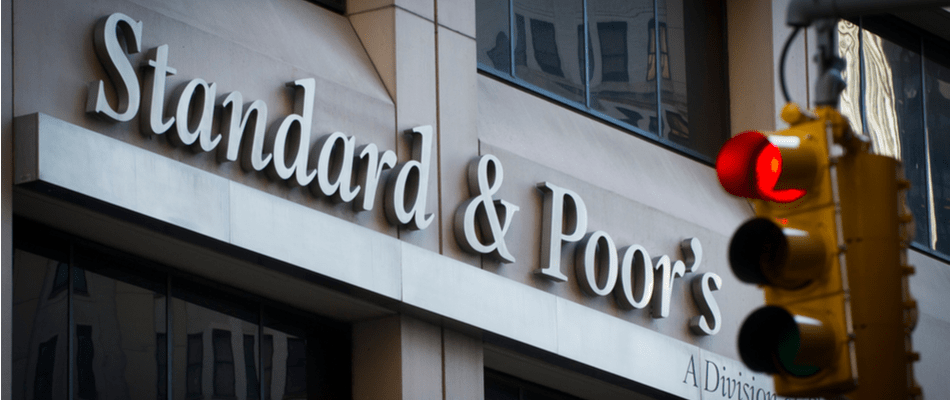Which bonds are suitable to buy?
As an investor, you can choose both corporate and government bonds. Corporate bonds are the best choice when a company has a good reputation and is also creditworthy. Make sure that there is a high return, then it is the most advantageous for you as an investor. It is also wise, if you choose government bonds , to choose a government with little debt. As an investor, you are wise to research the various characteristics of a company or government, so that you know for sure what you are getting into and what you should focus on.
The rating of bonds
The creditworthiness of the issuer of a bond is assessed by means of a bond rating or credit rating. You could actually compare that rating with a report grade, which the highest authority within the bond must meet. Usually the credit assessment is done by a rating agency, for example Standard & Poor’s. They look at the status of borrowers and give a risk score, which varies from AAA (the highest credit rating) to even C or D (then you have the lowest rating as an issuer of a bond).

As an investor, it is important to look closely at the rating level, because this can have consequences for your investments. The higher the risk, the more likely you are to see your investment disappear. If a company still wants to issue a bond in that case, a higher interest rate will have to be paid because the interest rate is a risk premium. In addition to Standard & Poor’s, there are two other well-known rating agencies: Moody’s and Fitch. These agencies use the experience of analysts and various mathematical models, with which they can assess the credit risk of various bond issuers. As a result of their research, they publish reports and conduct interviews with the issuer in question, so that they can provide investors with the best possible picture.
The differences per rating agency and what to look out for
The methods used by each rating agency are different, which makes it possible that the same bond can always receive a different rating from different agencies. For example, if you look at the agencies Standard & Poor’s and Moody’s, you can discover different ratings used:
Moody’s: Aaa, Aa1, Aa2, Aa3, A1, A2, A3 and the same rating grades in B and C.
Standard & Poor’s: AAA, AA+, AA, AA-, A+, A, A- and the same rating grades in B and C.
An agreement between both agencies is that the grade D means that there is a bankruptcy. Note that these ratings only apply to longer-term bonds, for short-term investment products other ratings are shown. Read more about bankruptcy in bonds .
Which bond you want to buy depends on your goal, because each rating can correspond to a different investment. For example, if you want to buy bonds for more diversification within your investment products, it is best to choose bonds with a low risk and return. And if you want to get as much return as possible from a bond, it is wise for you as an investor to choose corporate bonds over government bonds. You can compare bonds on the yield , the best way to do this is to compare the effective yield.
Compare brokers and start investing in bonds
Are you excited about investing in bonds after reading this article? Compare brokers with a bond offering and find the broker that suits you best!